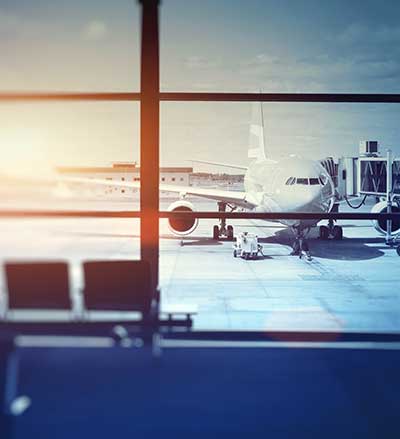ASCE gave the nation’s airports a grade of D+ in 2021, up from a D in 2017. ASCE estimates that $11.1 billion more per year is needed to bring airports up to a B.
President Biden’s American Jobs Plan includes $2.5 billion in new federal airports funding per year, covering 23% of the ASCE-estimated new funding need and representing a 66% increase in federal funding. At $3.2 billion, the Senate Republican plan actually calls for more. The Senate Republican plan is 29% of the additional funding need estimated by ASCE and an 84% increase in current federal funding. The Common Sense Coalition plan that President Biden now supports proposes $5 billion, an investment that would cover 45% of the need and would increase federal funding by 132%. At $1.3 billion, the Problem Solvers propose the smallest airport investment, an investment that would cover 12% of the estimated need and increase federal funding 35%.


